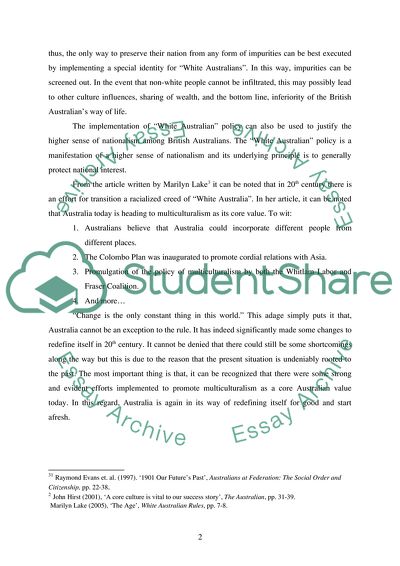Cite this document
(Who Are the Australians according to Australians and Foreigners Literature review, n.d.)
Who Are the Australians according to Australians and Foreigners Literature review. Retrieved from https://studentshare.org/history/1721964-australian-history-reading-evaluations
Who Are the Australians according to Australians and Foreigners Literature review. Retrieved from https://studentshare.org/history/1721964-australian-history-reading-evaluations
(Who Are the Australians According to Australians and Foreigners Literature Review)
Who Are the Australians According to Australians and Foreigners Literature Review. https://studentshare.org/history/1721964-australian-history-reading-evaluations.
Who Are the Australians According to Australians and Foreigners Literature Review. https://studentshare.org/history/1721964-australian-history-reading-evaluations.
“Who Are the Australians According to Australians and Foreigners Literature Review”. https://studentshare.org/history/1721964-australian-history-reading-evaluations.


